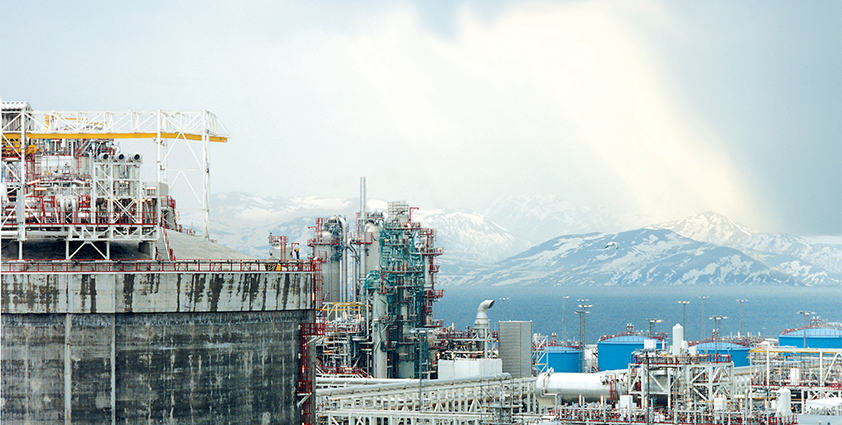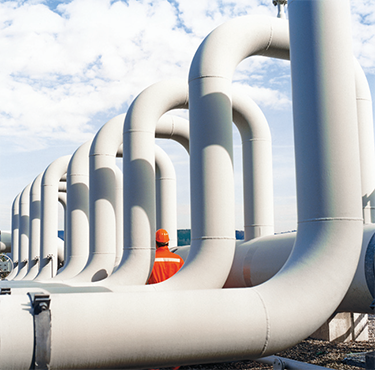
Siemens in Singapore: A Century-Long Journey from 1908 British Colony to Global Tech Leader
Powering ahead
Siemens, a global powerhouse in electronics and electrical engineering, established a technical bureau in Singapore in 1908 in order to explore potential in the then thriving British colony.
The company has grown with Singapore in the 102 years since, and is currently one of the largest European companies in the country. About 2100 staff are employed in Singapore for Siemens, working in seven companies on a vast range of activities.
In fact, Siemens is responsible for much of Singapore’s key infrastructure and has impacted the country’s economy to the extent that the Singapore Economic Development Board presented theorganisation with the Distinguished Partner In Progress Award in 2001, which is the highest corporate award given by government.
Siemens’ interests and expertise are divided into six areas: energy, healthcare, industry, other operations, rail transportation, and services. Keiren Lake, executive vice president oil and gas, works in the energy sector of Siemens in Singapore. “Siemens is a solutions provider and in the energy sector of Siemens, the Oil & Gas Division comprises two business units called Industrial Power (IP) and Compression & Solutions (C&S),” he says, by way of an introduction. “They were formed as part of an amalgamation of many different business units, which have either grown organically or via acquisitions over the years.
“There are two key specific areas: rotating equipment, which is gas turbines and process compression for industrial power applications and mechanical drives, and electrical/power distribution within oil and gas, and petrochemical installations. The latter is about taking power from generation and distributing that power throughout the plant or offshore facility. It also covers automation, process safety and telecommunications.”
Continuing, he adds: “We’re part of a global network. For example, C&S is broken down into three key segments: offshore, which we headquarter in Oslo, onshore, headquartered in Erlangen, and rotating equipment, headquartered in Duisburg. For Singapore, we’re a business execution centre providing support on a global basis, covering Southeast Asia, North Asia and Pacific.”
In addition to its esteemed reputation and status, what differentiates Siemens is the breadth and depth of its portfolio. “Siemens is unique,” Keiren asserts. “Within one company we are able to deliver rotating equipment, electrical, automation, solutions for water in oil and gas, and so forth. We have the ability to deliver a range of products that we can integrate into solutions for applications in oil and gas, and we can service those on a global basis.”
 Indeed, Siemens has an unparallel global presence and, in terms of its other strengths, one of the organisation’s core business strategies is to get closer to clients on a long-term basis. Owing to this, it has initiated a corporate account programme that it is expanding to the global super majors and progressively more to the national oil companies, which Siemens sees as an increasing influence on a worldwide basis. The company is also working very closely with some small end customers on mid-size LNG (Liquefied Natural Gas), as Keiren explains: “We’re using electric driven liquefaction compressors rather than gas turbines to provide flexibility and lower clients’ CO2 footprints.
Indeed, Siemens has an unparallel global presence and, in terms of its other strengths, one of the organisation’s core business strategies is to get closer to clients on a long-term basis. Owing to this, it has initiated a corporate account programme that it is expanding to the global super majors and progressively more to the national oil companies, which Siemens sees as an increasing influence on a worldwide basis. The company is also working very closely with some small end customers on mid-size LNG (Liquefied Natural Gas), as Keiren explains: “We’re using electric driven liquefaction compressors rather than gas turbines to provide flexibility and lower clients’ CO2 footprints.
“This is one of our focal market segments, as is the new emerging market of floating LNG; gas and liquid pipeline transportation; use of electric drive systems instead of gas turbines; electrification of subsea installations; and floating production (FPSOs). As part of our interest in midsize LNG, we have an ongoing project in Indonesia.” Siemens is emerging as a key supplier for power and compression solutions to the LNG industry. The Indonesia work involves delivering motor-driven main refrigerant compressors for four liquefaction trains to be installed in an LNG plant for Chart Energy & Chemicals (CHART). Siemens is tasked with supplying four 27 MW electric-motor-driven in-line centrifugal compressors along with a Siemens Rubicon frequency converter to be used for motor start-up.
Furthermore, Siemens is supplying two 65 MW gas turbines and generators to the plant owner, Energy World Corporation (EWC). The first two trains came on stream towards the end of 2009. These orders are noteworthy because they’re the first application of large Siemens compressors in the main liquefaction trains of an LNG plant. The liquefaction trains will provide LNG to meet growing demand in Southeast Asia, primarily in Indonesia and the Philippines.
Siemens’ markets are driven by the rising demand for oil and gas, climate change and the complexity of tapping energy resources in difficult locations, such as great ocean depths. Discussing the implications of working in the oil and gas sector, Keiren comments: “We need to be present where the major oil companies operate. There are issues of performing in harsh environments, in many cases, and the increasing use of technology to be able to enhance recovery of oil in remote areas. We bring our strong investment in new technologies across a broad spectrum to play in the oil and gas arena.
“There is a greater demand for technology; the easy oil of the Middle East is under pressure, so there is a rising need to step away from the familiar. Subsea is a key area and we can expand on existing technologies we have, and this is very much on the frontier side. Major companies are looking to Siemens for subsea compression, for example, where we work together with end users to push this technology forward. In addition, Siemens is a strong driver for the use of technologies that support environmental issues.”
The company expects to see a steadily growing need for innovative technologies capable of tapping new reserves in remote or extremely challenging regions, as well as for high-efficiency process steam systems and eco-friendly power generation technologies. Accordingly, it is optimally positioned to meet all of these needs with its portfolio.
“Siemens’ are owners of products and solutions and our role within the energy oil and gas industry is to combine them in a unique way to satisfy the particular needs of the oil and gas companies,” Keiren notes. “For example, there is increasing demand for water injection and processing produced water, so we take products and systems from other parts of our business and integrate them to specific solution needs for the oil and gas environment. We are also taking some of our rotating equipment and packaging it specifically for the offshore industry.”
While oil and gas companies are in no way facing the tough challenges of businesses in other markets, such as automotive or cargo handling, the industry has not been immune to the global recession. “Until 18 months ago, oil and gas was booming and the market was in a buyout position globally,” Keiren reports. “Development has slowed down but we’re seeing projects coming alive again now, though there is pressure on resources. We think 2010 and 2011 are looking to be better years for the industry, compared with the past two.”
The fact that Siemens’ offering in Singapore is not limited to one activity has helped the business to retain its market position. “In terms of consulting services, we go up the value chain to start working with some of our clients at the conceptual stage of their projects, and we’re at the front end of their engineering development,” Keiren confirms. “Over several years, we made a number of acquisitions in order to enter that market and we’re looking at how best to utilise this expertise so that we can work with clients throughout the lifecycles of their projects.”
With thoughts turning to the future of Siemens in Singapore, Keiren speaks about the company’s ambitions: “It’s our intention to be a leader in all of our market sectors, such as floating production, drilling, LNG and pipelines, with a very focused approach on our applications. Coupled with a global foothold – being where all major investments are and building up our resources around the world – we’re able to have an international network of lifecycle management that allows us to deliver a first class service.”
Siemens PTE Ltd
Services: Energy solutions for oil & gas